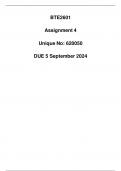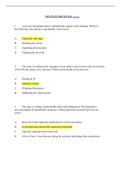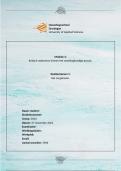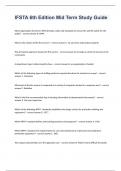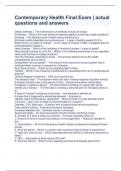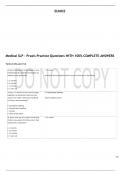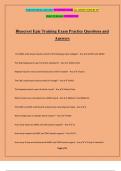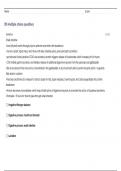Exam (elaborations)
BTE2601 Assignment 4 Due 5 September 2024 (Detailed solution)
QUESTION 1: Short Descriptions 1.1 Inclusive Education Inclusive education refers to a teaching approach that seeks to accommodate all learners, regardless of their physical, intellectual, social, emotional, linguistic, or other conditions. It emphasizes the importance of creating a learning...
[Show more]
